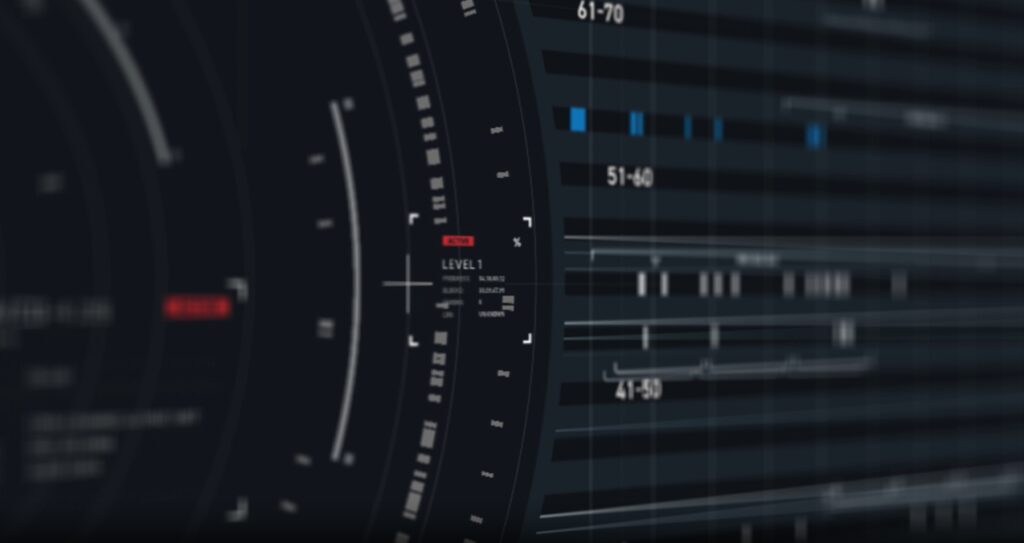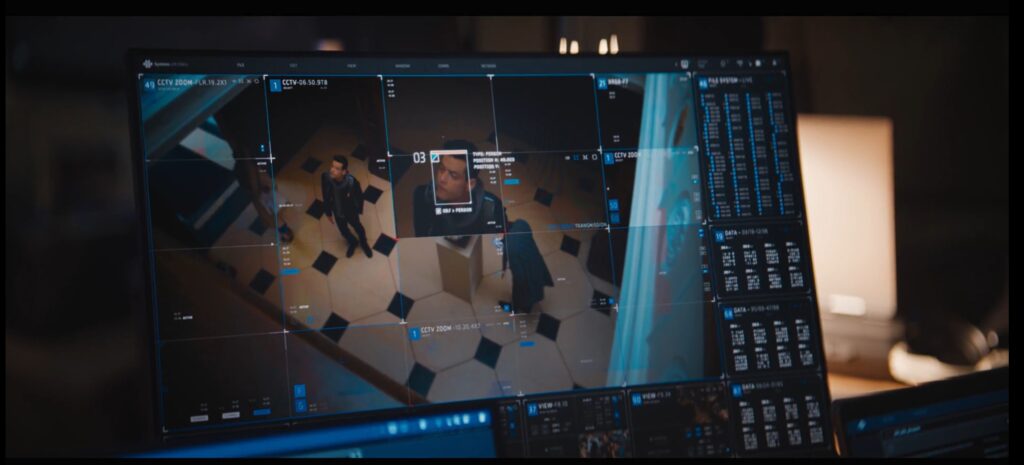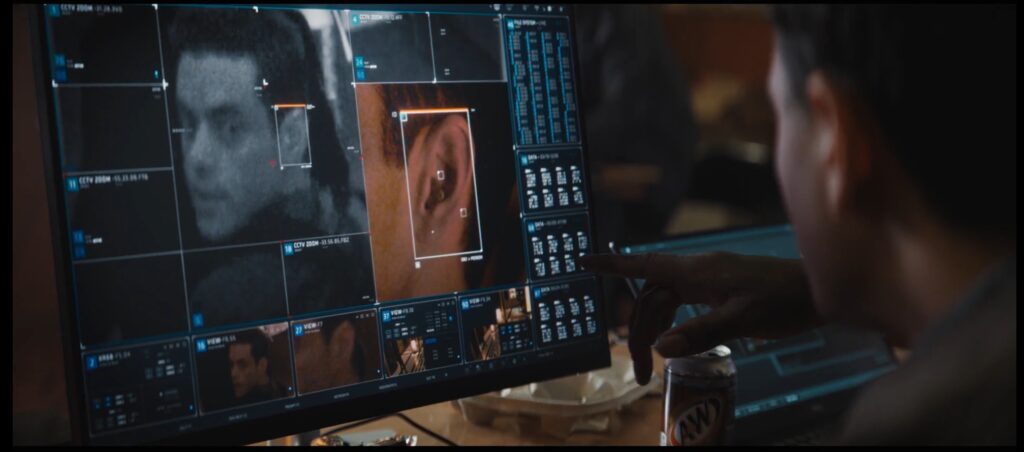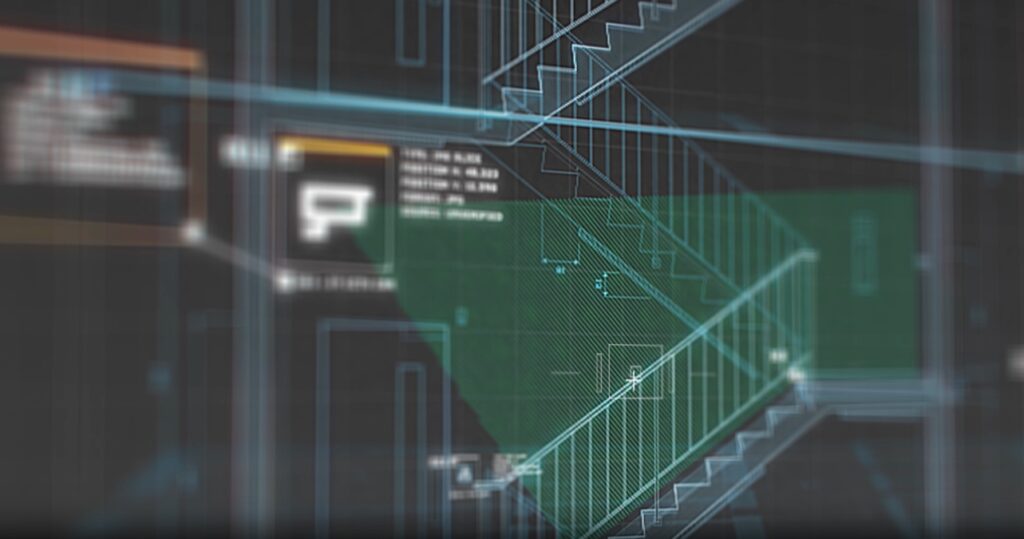Vine FX, UK-based visual effects studio known for its dynamic storytelling capabilities, has officially launched its dedicated graphics department, following its acclaimed work on the upcoming thriller The Amateur.
The film features Oscar-winner Rami Malek as Charlie Heller, a CIA cryptographer whose life is at a standstill following the loss of his fiancée in a terrorist attack in London. Heller is now determined to bring justice and embarks on a vicious trek across the globe to track down those responsible for the attack.
Originally onboard for a single sequence, Vine FX leveraged their successful collaboration with Disney and the film’s VFX supervisor. The Vine FX team’s concept board – originally designed for a single sequence – quickly evolved into a suite of visual designs spanning into a large-scale effort that shaped the visual language of the film. From there, the team had responsibility for developing the advanced technologies used within The Amateur’s world of modern espionage.
From creating dynamic interfaces to designing distinct visual languages, the work highlighted the team’s creative expertise; harnessing screen-graphics as a storytelling tool.
Led by Vine FX graphics and CG supervisor head Tim Kilgour, the project marked the official launch of the company’s first dedicated graphics department. “This project wasn’t just about graphics,” said Kilgour. “It was about reimagining how technology is portrayed on screen. We weren’t just creating visuals, we were telling a story through every pixel, every interface.”
At the core of the project, Vine FX’s newly formed graphics department was an attempt of blending creativity and technical skill in the modern cinema dynamics. Taking conceptual ideas and elevating them, creating screen interfaces that were both aesthetically striking and deeply integrated with the story was the aim of the project.
“What started as one sequence expanded to multiple environments and screens,” said Kilgour. “It meant designing distinct visual languages for the CIA, operatives, and tracking systems, all while staying cohesive.”
Adding to that Kilgour also said “Our approach was to make the interfaces feel alive, not just a static screen”. The design process focused on telling the story clearly by using movement, color, and rhythm to help the audience follow along without feeling confused or overwhelmed.
Talking about the design techniques Vine FX managing director Laura Usaite said, “We designed interfaces that explained the narrative without drawing too much unnecessary attention,” Kilgour led the conceptual phase, developing a futuristic yet believable CIA interface inspired by advanced 3D rendering tools, AI systems, and even pop culture references like Knight Rider. “I took inspiration from tools like Houdini,” said Kilgour.
Further adding, Kilgour said “We created a CIA interface that looked advanced but not too futuristic. It was a fine balance of technology and storytelling. What we didn’t want was visible code scrolling up and down, like in the old days of computer graphics. We wanted something seamlessly intuitive, where you didn’t actually see all the workings in the background. And the director loved the idea of AI working invisibly in the background.”
Kilgour and his team tapped into the potential of screen graphics, aiming for technological interfaces that felt almost organic.The interfaces created by the studio were more than just visual flourishes; they played a crucial role in the film by providing important context and enhancing the storytelling. Rather than simply adding style, these designs helped immerse the audience in the narrative, making complex information easier to understand and driving the plot forward. Their integration was essential to the film’s overall impact and viewer experience.
Remarking the Vine FX team’s contribution to the graphic work Usaite added “Our graphics became a silent narrator, guiding the audience through the story and moving the plot forward. The graphics had so much screen time they started to feel almost like another character within the storylines’ relationships. They became crucial to explaining the narrative.”
The team’s collaborative effort through unique designs were utilised in a lot of aspects of film, trailers, and marketing materials.
Working closely with ILM helped Vine FX smoothly blend their graphics into different shots.“We got on like a house on fire with the ILM team. The collaboration was so smooth, it felt like our teams had worked together for years.” said Kilgour.
The final graphics came together through a deeply collaborative effort, with each artist contributing to the design process. “It wasn’t a single design by me,” added Kilgour. Talking of the workflow Kilgour marked,”All of them worked together to make it happen, and they all had influence on the design. It wasn’t a top-down approach”.
“Everyone contributed. From junior to senior staff, creative input was encouraged. There was no hierarchy in our creative process and we urged the whole team to bring their ideas forward. I believe this kind of collaboration makes our work richer and some of our best moments came from those contributions.Though the technical challenge was immense, the team thrived under pressure. Each challenge was an opportunity to grow and improve our skills,” said Kilgour.
They delivered more than 130 composite shots, multiple unique interfaces for different environments, and rapid iteration to match editorial pacing. This project required an eye for intricate details and precise execution so the graphics and compositing departments worked hand-in-hand to establish seamless integration of the visuals.
“We had two departments collaborating internally – graphics and comp.So any adjustments needed were just a department which was brilliant for efficiency, we simply worked internally to get the best results. Our internal adaptability became our greatest strength.” said Usaite.
The project demonstrated Vine FX’s ability to handle complex, high-profile feature films and developed a scalable workflow for future graphic design projects. “We’re not just a team, we’re a learning ecosystem.” marked Kilgour. The project also saw the studio implement advanced security and workflow management systems alongside their now full-fledged graphics department.
Vine FX’s excellent work is the key to this project’s success. Completing this project successfully has opened doors for Vine FX’s future in high-end screen graphics and film.
Marking the success of the film Kilgour states.“This was our first major project, and we’ve built something scalable and creatively strong,”
The success of this project extends far beyond its technical achievements. It allowed the studio to launch a new department, implement secure workflows, and build strong credibility in the industry, serving as a powerful testament to their capabilities.





